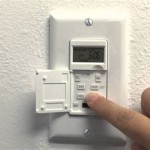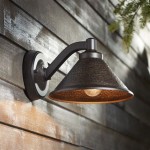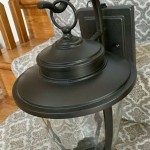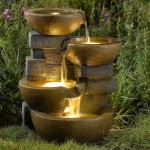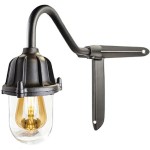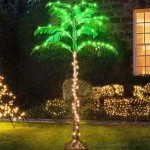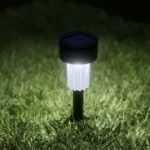Essential Aspects of Choosing the Right Bulb For Outdoor Light
Selecting the appropriate bulb for outdoor lighting is crucial to ensure optimal illumination, energy efficiency, and aesthetic appeal. Here are key factors to consider when choosing a bulb for your outdoor light fixtures:
1. Bulb Type
There are various bulb types available for outdoor lights, each with its unique characteristics:
- Incandescent Bulbs: Traditional bulbs that emit warm, yellowish light. They are inexpensive but have short lifespans and low energy efficiency.
- CFL Bulbs (Compact Fluorescent Lamps): Energy-efficient bulbs that produce a bluish-white light. They have longer lifespans than incandescent bulbs.
- LED Bulbs (Light-Emitting Diodes): Highly energy-efficient bulbs with exceptional lifespans. They produce a variety of light colors, from warm white to cool white.
- Halogen Bulbs: Similar to incandescent bulbs but emit a brighter, whiter light. They have shorter lifespans than LED bulbs.
2. Lumen Output
Lumen output measures the brightness of a bulb. A higher lumen value indicates a brighter bulb. For outdoor lighting, consider the area to be illuminated and the desired brightness level. Brighter bulbs are ideal for illuminating larger areas or areas with poor visibility, while dimmer bulbs may suffice for decorative or ambient lighting.
3. Color Temperature
Color temperature refers to the warmth or coolness of the light emitted by a bulb. It is measured in Kelvins (K). Warmer light (2,700-3,000K) creates a cozy, inviting atmosphere, while cooler light (4,000-5,000K) provides a more energizing and daylight-like ambiance.
4. Beam Angle
Beam angle determines the spread of light from a bulb. Narrow beam angles concentrate light in a specific direction, suitable for spotlighting or highlighting particular areas. Wide beam angles distribute light over a broader area, ideal for general illumination or path lighting.
5. Wattage
Wattage indicates the amount of electricity consumed by a bulb. Higher wattage bulbs consume more energy but produce brighter light. However, energy-efficient bulbs, such as LEDs, consume significantly less wattage while providing comparable brightness.
6. Base Type
Different light fixtures require specific bulb bases. Common base types include E26 (standard base) and GU10 (bi-pin base). Ensure that the bulb base matches the fixture to ensure proper installation and functioning.
7. Weather Resistance
For outdoor use, bulbs must withstand weather conditions such as rain, snow, and high temperatures. Look for bulbs with weather-resistant ratings, such as IP65 or IP68, which indicate their ability to withstand moisture and dust.
Conclusion
Choosing the right bulb for outdoor light requires careful consideration of factors such as bulb type, lumen output, color temperature, beam angle, wattage, base type, and weather resistance. By understanding these aspects, you can select bulbs that optimize illumination, improve energy efficiency, enhance aesthetics, and create a safe and inviting outdoor environment.

Best Outdoor Lighting Bulbs Of 2024

Indoor And Outdoor Light Bulbs Pacific Lamp Supply Company

Landscape Lighting Installation Companies Types Of Light Bulbs For Outdoor Orlando Florida Palmer Electric Company

How To Choose The Best Outdoor String Lights

E27 12v Dc Led Day Light Bulb Camper 15 Watt 100w Equivalent Outdoor Lighting

Outdoor G40 String Lights Festive Patio And Garden Lighting Chronos

Outdoor Light Bulbs Yard Envy

12 Types Of Street Light Bulb For Any Outdoor Lighting Illumination Heisolar

Outdoor String Light Bulbs Best In Singapore Nov 2024 Lazada Sg

Feit Electric 120 Watt Equivalent Par38 Outdoor Dimmable Cec Title 24 90 Cri E26 Flood Led Light Bulb Bright White 3000k Par38dm 1400 930ca The Home Depot
Related Posts
